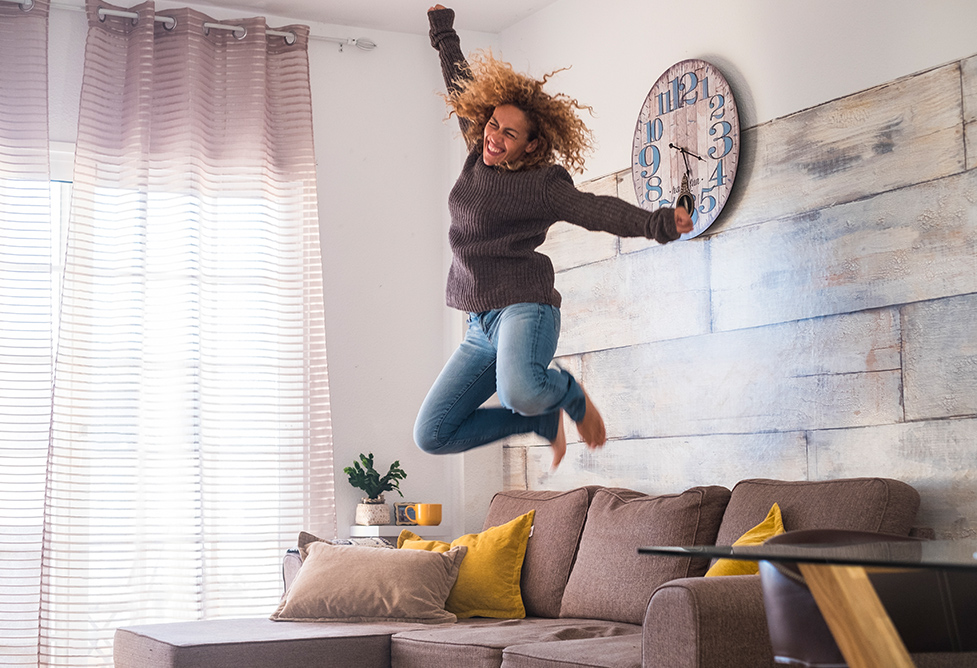We find ourselves in the strangest of times. Without warning, we are now confined to our homes either in complete isolation or with a bunch of children who we love dearly, but suddenly require educating and entertaining. As our bodies and our brains are trying to compute what is happening, we need exercise and movement more than ever.
My personal wellbeing plan includes yoga, but when I suggest yoga to my counselling clients, some of them are sceptical. I understand why. Not everyone is comfortable with the spiritual side of yoga and there are so many different types of yoga that it can be hard to figure out where you fit in.
Evidence can be useful and I tell clients there are robust studies out there supporting the positive impact of yoga. In a series of clinical trials, Dr Bessel Van Der Kolk used before and after neuroimaging of the brain to prove that yoga is more beneficial than trauma medication. I find it fascinating and reassuring to know that activities such as yoga and mindfulness have been proven to reactivate the areas of the brain concerned with pleasure, control, engagement and trust. Simply put, yoga helps you feel more at home in your own skin.
But what about other forms of exercise? Yoga is very different to running for example, and yet both disciplines link back to the same benefit. They are both, in essence, a moving meditation. I asked Sundried Founder Daniel Puddick what it feels like to be ‘in the zone’ when running. He told me:
“I go running every morning and I find it’s a great way to start my day. It gets my mind firing and allows me to go over anything troubling me, make mental lists, and plan the day ahead. It’s a great way to get some ‘me time’ in away from the stresses of family life and allows me to completely concentrate and focus.”
Believe it or not, brain scans show that meditation and running can have a somewhat similar effect on the brain; simultaneously engaging executive functions (giving you a feeling of control) and turning down the chatter of the default mode (giving you a feeling of being present and focused). So perhaps runners and yogis have more in common than we realised!
Exercise for mental health
For anyone who is thinking about adding yoga, running or indeed any form of exercise into their mental health toolkit, here are some suggestions to get you moving:
Choose a form of exercise you enjoy
If you don’t, you won’t stick to it. It will end up being a bit like a crash diet which puts you right back where you started.
Racing and competition
Do you thrive on competition or does it put you off? I prefer to do non-competitive sport, but I know my Sundried friends really enjoy beating their best time. Either way is OK!
Try anything twice
I remember going to a new dance class and being furious that it was so difficult. I was never going back. Now it’s the best part of my week. I just didn’t like the feeling of not being able to keep up but that passed after a few weeks.
Get a coach
Choose a coach or a teacher that you really like. I struggled through yoga classes at one point with someone who I really didn’t connect with. Why did I do that? There are loads of fabulous teachers who offer good quality AND enjoyable sessions.
The simple message
The simple message in all of this is that now, more than ever, we need to keep moving. Whether it is an online yoga class in the lounge or a Joe Wicks P.E. class with the kids. Movement matters and we need to keep exercising during the lockdown. Your brain likes it and the quality of your mental health depends on it.



